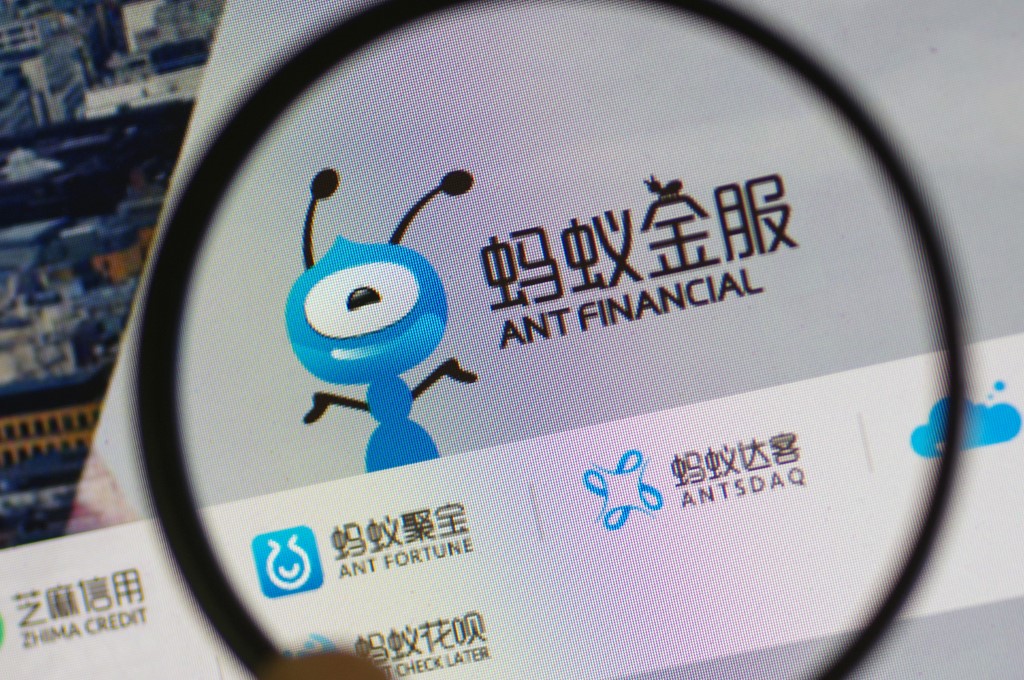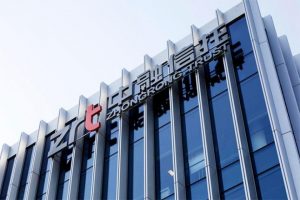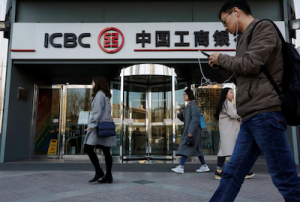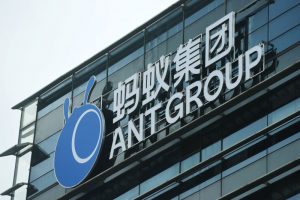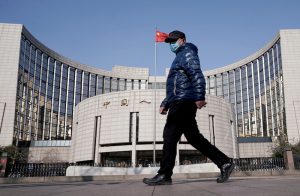(ATF) China’s central bank has removed the upper and lower limits on credit-card interest rates in a move seen by analysts as part of Beijing’s push for “demand-side reform” to boost consumption.
The credit card issuers can decide their own interest rates for such overdrafts, People’s Bank of China said in a statement posted to its website last week. Before this, the upper limit was 0.05% per day or 18.25% per year, and the lower limit was 0.035% per day or 12.775% per year.
The credit card issuers should fully disclose and keep up-to-date their interest rates, and should display explicitly the annualized interest rates instead of only displaying the daily interest rates and daily repayment amounts, the central bank said.
Also on ATF
- Asian markets soar as epidemic rages on in the West
- Perfect winter supply storm sends Asian LNG prices to record highs
- China’s rare earth boom to pause for lunar new year, supply to tighten
“This is in line with China’s strategy to rely mainly on ‘internal circulation’ supported by ‘external circulation’,” analysts from Wanlian Securities said. “The relaxation of limits on credit card interest rates is an attempt at the demand-side reform by way of consumption premiumization. It will also help interest rates become more market-oriented.”
In the short term, Wanlian Securities does not expect banks’ gains from their credit card services to decrease. But in the long run credit card interest rates will likely decrease, the securities brokerage said citing the experience of the US credit card market.
Latest reform
The PBoC’s latest policy follows a reform in 2017 when the central bank replaced a flat credit card interest rate with upper and lower limits. Prior to that, the credit card interest rate was fixed at 0.05% per day.
Judging by data from China Merchants Bank, its profitability from credit card services did not reduced significantly after the reform, Dai Zhifeng and Lu Jie, analysts from Zhongtai Securities, said. The bank’s yields from credit card services between 2017 and 2019 were 8.78%, 8.62% and 8.67%, respectively.
“Demand-side reform” became a new economic buzzword after it was first mentioned at the meeting of the Politburo, China’s top decision-making body, headed by President Xi Jinping last month. It means greater efforts on addressing difficult structural issues, such as unequal income distribution, improving the social safety net, and reforming land-use and ownership policies as an alternative to large-scale government-provided consumer subsidies and investment stimulus measures.
Liu Zhiping and Li Qingyang, analysts from Huaxi Securities, said removing the limits will guide the commercial banks to match their interest rates to the risks of the borrowers, and encourage more competition in the market.
Most analysts do not think the change will significantly affect the competitive landscape between banks’ credit card services and fintech companies’ consumer credit products such as Ant Group’s Huabei and Jiebei, and JD’s Baitiao.
Banks may lower their rate to lure younger and lower-income customers, which make up Huabei’s main customer base, but the impact would be small, Dai Zhifeng and Lu Jie said. “The consumers that buy frequently small-ticket items online are not so sensitive to pricing, and convenience is a larger concern for them,” they added.
Ant’s Huabei, which is subject to a different interest rate upper limit equal to four times the one-year loan prime rate, now charges 0.04% for most of its users.




